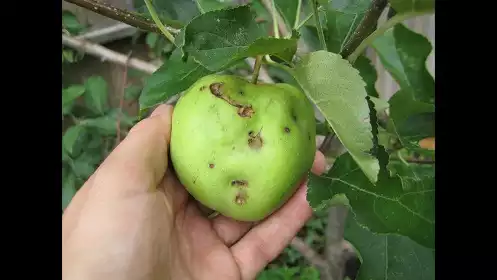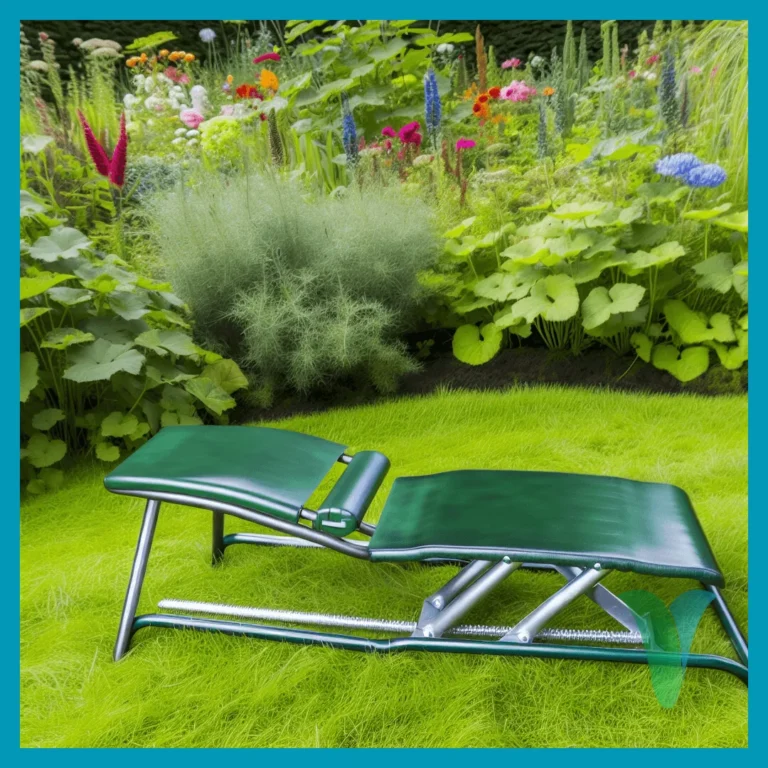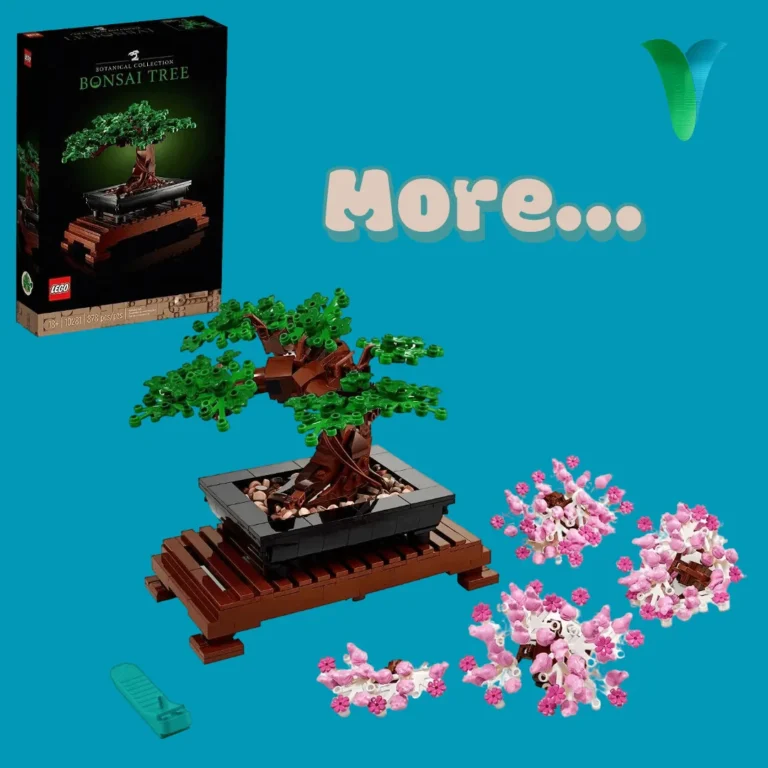Here is how Composting helps the Environment
How Composting helps the Environment can be attributed to Aerobic Composting, which is a very simply way of producing an incredibly dense organic and natural material by using a natural method known as “aerobic decomposition”.
In simple terms, composting refers to the slow and continuous decaying process of various natural and organic materials, for example garden and grass clippings, very small twigs and sticks, tree leaves and other such waste products, which occurs in the natural world each and every day.
Gardeners around the world know that compost is a superb garden soil conditioner and additive which enhances the productiveness and also workability associated with almost any kinds of topsoil.
Digging in aerobic compost into your existing garden soil, makes it richer and more healthy helping plant life develop more quickly and stronger which as a side effect will help our planet in a wide variety of simple ways from food production to irrigation.
This is exactly why Aerobic Compost is loved and cherished by gardeners all around the world because it is full of mineral deposits and nutrients which are suitable for stimulating the healthy, lush and rapid growth of plants.
The technique behind aerobic composting depends on the basic idea of return, which works on the theory of whatever you put in can help determine what it is you get out.
Composting backyard garden waste materials plus kitchen leftovers is probably the most beneficial and also the simplest step you can take to minimize waste and develop a good, sustainable garden.
Table of Contents How Composting helps the Environment
recycles vitamins and minerals

Utilising compost within your back garden recycles vitamins and minerals and organic and natural matter which helps to grow trouble-free flowers or vegetables by using a lot less water, commercial fertilizers and even pesticides. Being aware of what compost actually is as well as how it can help your garden, will lead to high quality compost, even for those newbie gardeners, so following is a quick check list outlining the specific seven elements needed to guarantee an effective and healthy composting heap.
The Correct Types of Materials –


We’re continually being informed that for people to keep in good condition we require a well-balanced diet and exactly the same is true about the compost pile. All the ingredients that you add to your composting pile are its sources of food and energy.
Composting microbes survive best on a mixture of succulent tasty nitrogen abundant materials known as “greens”, such as fresh new lawn clippings, weeds, and also garden flora, as well as woody carbon rich elements called “browns”, like autumn leaves, branches, straw or paper.
I would think that you may have all noticed before that including just food wastes from the kitchen in your compost is a great idea. While this does work, a good mixture of browns and greens is essential for creating fast results. As a general rule of thumb, you should load your aerobic composting heap, or composting bin with one part “Green” type materials to around 30 parts of “Brown” type materials.
This ratio is important because an aerobic pile containing lots of browns will require a very long time to decay, whilst a lot of greens will result in a stinky algae kind of mess.
Keep in mind, that too create the best type of compost, all the materials you add to the compost pile must have these following characteristics.
1) they must be bio-degradable and
2) they should include items that are loved by the micro-organisms.
Then this suggests that you really need to steer clear of the things they do not like such as various meats, bone fragments, fats and cooking oils as well as milk related products simply because they do not decompose effectively and generally make the compost heap smell bad.
Also, including meat related products to an aerobic compost heap is a lot like giving an open invite for rats and other such scavenging animals to feed upon your compost heap.
Material Size
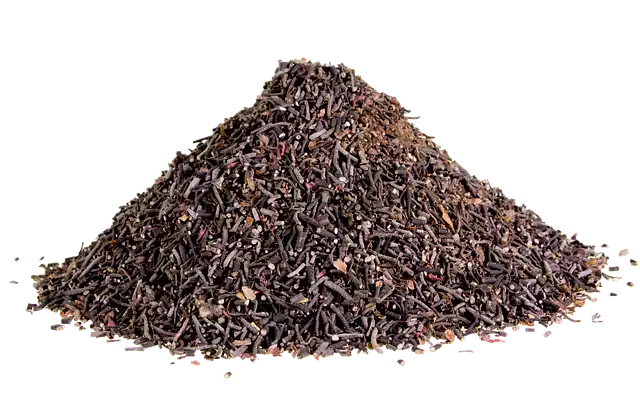
As with a lot of things in this life, size really does matter.
Adding large branches, big leafy materials or even entire food items on your compost heap is only going to slow down its rate of decomposition.
All of the composting microbes, bugs and composting worms living in your compost only have small jaws so naturally they like smaller sized portions to chew on.
Cutting larger organic food items in to smaller sized bits, by using a saw, garden shredder or your lawn mower will help break down the bigger items into smaller bite-sized chunks.
Nearly all bacteria’s and micro-organisms usually have a tough time finding their favourite foodstuff contained within large woody type brown materials due to their hard exteriors so shredding the materials you add helps them on their way. Since the compostable materials are made much smaller, a lot more surface and inner area will be exposed to the microbes which carry out the job of decomposition.
If these materials are separated and reduced in advance, it can help accelerate the decomposition process because the smaller the pieces, the faster they can decompose. However there is also a down side in shredding woody materials to finely.
These smaller sized particles will likely produce a more compacted aerobic compost heap minimising ventilation and air flow inside the heap which could in turn result in an anaerobic condition because of the insufficient oxygen and so the heap might have to be forked over more frequently.
The Compost Heaps Size
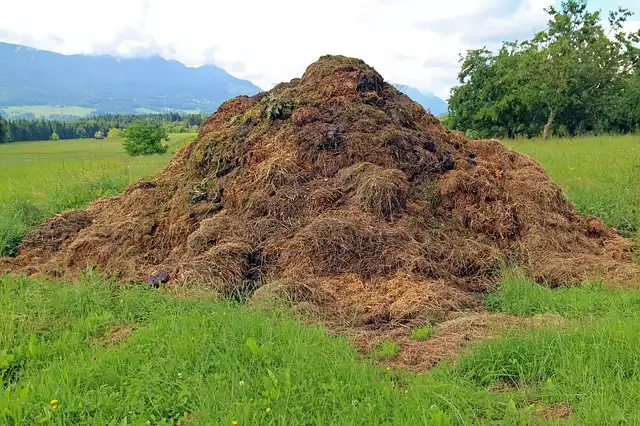
How big your composting heap is also makes a huge difference not just to the speed of decomposition but for the final quality of the completed pile.
Typically, a compost heap needs to be at most equivalent to about one cubic metre (3 x 3 x 3 feet) in volume as this makes it simpler to manage.
Smaller sized aerobic piles have a tendency to dry out easily therefore require regular watering, although commercially available composting bins which have solid sides plus a lid can help keep smaller piles damp.
Bigger aerobic composting piles occupy a lot extra space and will have to be forked over to allow more air into their center.
Additionally, forking over an aerobic compost pile on a regular basis to shift newly added external materials towards the piles center, or even to a different location or composting bin is easier and much less effort when the actual size of the compost pile is much more workable.
Water Content –
One other important component with regards to quick aerobic composting is the correct quantity of water.
Microbes reside in thin watery films which surround the elements within the compost pile so it helps to keep the compost pile damp at all times.
If your pile becomes dried out, the bacterial microbes are not able to work effectively so include some extra greens.
Should the pile become too wet, the bacterial microbes are unable to receive the amount of oxygen they want to breath so include some extra browns and fork over the pile to mix it in.
It is simple to find out if your compost pile contains the correct volume of water (40-60%), simply take hold of a small handful from the compostable material and then squeeze it.
If water seeps out through your fingers, then the pile has become too wet. Preferably the compost needs to be a little moist, just like a damp cloth or sponge to be able to guarantee bacterial decomposition and growth.
Aeration
the composting of materials is definitely an aerobic process. In order to help create top quality compost easily, plenty of fresh clean air is essential to let the microbes and bugs living and thriving inside it breathe.
Forking over your compost using a spade or pitchfork once or even twice a week helps aerate the pile as well as putting the newly added fresher external materials into its middle and vice-versa.
The method of forking or turning and including dry or coarse materials to the compost heap will help increase aeration, prevent odour-causing bacteria’s from developing and also help to quicken the aerobic composting process.
This action of forking over compost on a regular basis in order to help speed up the piles decomposition process is known as “active composting”. Simply turning and forking the pile allows surplus water to escape and evaporate delivering fresh clean air to the pile at the same time.
Micro-organisms and Bugs –
No aerobic composting heap worth its salt would not be complete without the presence of the microbes and bugs which do all the work. It is these tiny little air-breathing micro-organisms and their bigger soil loving cousins which are found naturally within the soil structure that will flourish within the damp and nutrient-rich surroundings which you have created.
The smaller decomposters for instance fungi and bacteria start the decomposition process whilst larger sized bugs such as worms, beetles, millipedes and centipedes, complete the decomposition cycle. What’s left behind is an almost black humus soil improving medium.
To be able to efficiently develop and increase, all these macro and micro-organisms require an energy source like for example the “browns”, which provides them with a carbohydrate source and the “greens”, which gives them a protein rich source. In addition to these they also require oxygen and water to survive.
However just like humans, these bugs also love it warm and cosy, which means your compostable ingredients will certainly be turned into a finished compost far more quickly during the summer months when the sun’s rays help warm things up compared to the colder winter months.
Don’t Rush, Be Patient
– Aerobic composting takes time. The speed or rate of composting relies upon lots of factors as we have seen, such as the moisture content, level of aeration, as well as the carbon-to-nitrogen percentage, the actual greens-to-browns ratio.
Generally, aeration and humidity are usually the two key factors influencing the amount of time required to create your finished compost.
But you can help Mother Nature on her way by regular forking and turning of your compost heap which will probably produce quality compost in about one or two months in the summer whilst monthly turnings could create compost from about four to six months in time.
The speediest composting occurs when you have already pre-mixed the browns and greens materials, adding some previous microbe rich compost and turning or mixing up the pile weekly, as well as controlling the amount of air and water.
But if all that is just too much work, then sit back, relax and let the bugs do the work.
Aerobic compost is a superb garden soil additive which boosts the workability and efficiency of your garden soil.
The correct amount and kinds of materials you add into the compost heap really makes a huge difference on the level of quality and the composting time period.
You should think about your aerobic compost heap as being like a self contained eco-system, and in order for it to develop and survive, this particular eco-system requires the correct mixture of ingredients and materials such as “Oxygen” (the air), “Warmth” (the sun), “Food” (the compostable materials), and “Moisture” (the water), with the resulting quality and quantity of the finished compost being determined by just how well you are able to manage and control all of these four variables.




